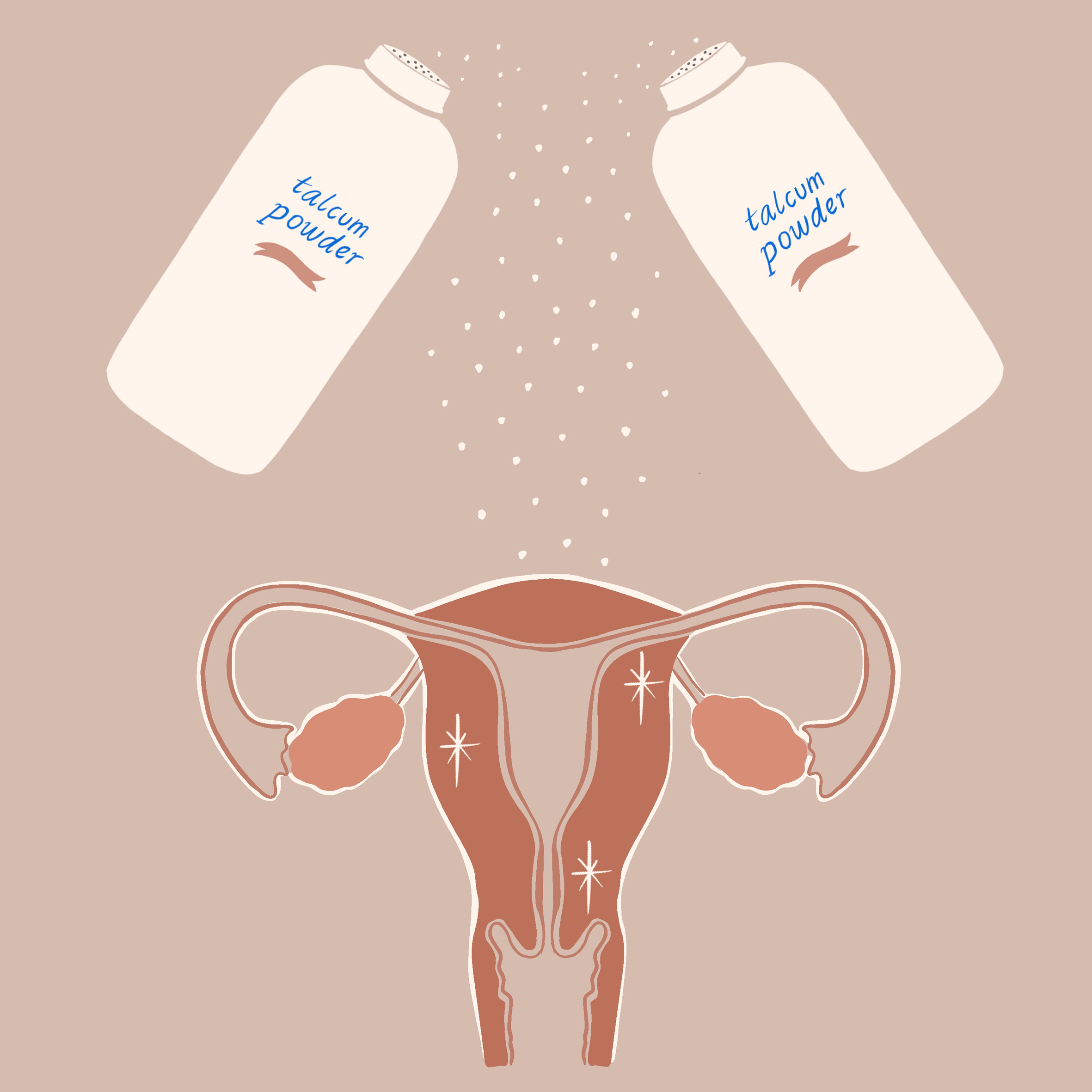Johnson & Johnson (J&J) will petition the United States Supreme Court to review its strategy of offloading tens of thousands of talc cancer cases onto a subunit it created and then subsequently placed in bankruptcy protection, a move dubbed the “Texas two-step.”
J&J’s announcement on March 22 was made the day after the Third Circuit Court of Appeals refused to rehear the company’s appeal of its Chapter 11 bankruptcy protection plan for its subsidiary, LTL Management.
LTL Management was created by J&J in October 2021. Just days after the incorporation of LTL Management, the subunit filed for a Chapter 11 Bankruptcy petition in the U.S. Bankruptcy Court to sidestep 38,000 talc lawsuits filed by plaintiffs who have alleged that J&J’s talc Baby Powder and Shower-to-Shower products exposed them to carcinogenic asbestos crystals, causing them to develop ovarian cancer.
The ruling by the Third Circuit means that after 17 months of the litigation being stayed because of the bankruptcy plan, these talc lawsuits can resume.
In January, the Third Circuit ruled that because J&J was not in financial distress, claiming over $400 billion in equity, it could not escape talc cancer claims. LTL Management later requested an appeal of that decision in the form of an “en banc” hearing, meaning that all the judges serving on the bench—14 in the Third Circuit—would hear the case. However, a three-judge panel rejected the appeal.
In 2022, J&J offered $2 billion to resolve talc cases. In 2018, a court in Missouri awarded 20 plaintiffs almost $4.7 billion, an amount that was later reduced to $2.1 billion. In 2021, the U.S. Supreme Court refused to review that decision.
A 2018 Reuters investigative report revealed that J&J knew for several decades that its talc products could be contaminated with asbestos, a mineral that is naturally found in close proximity to talc.
